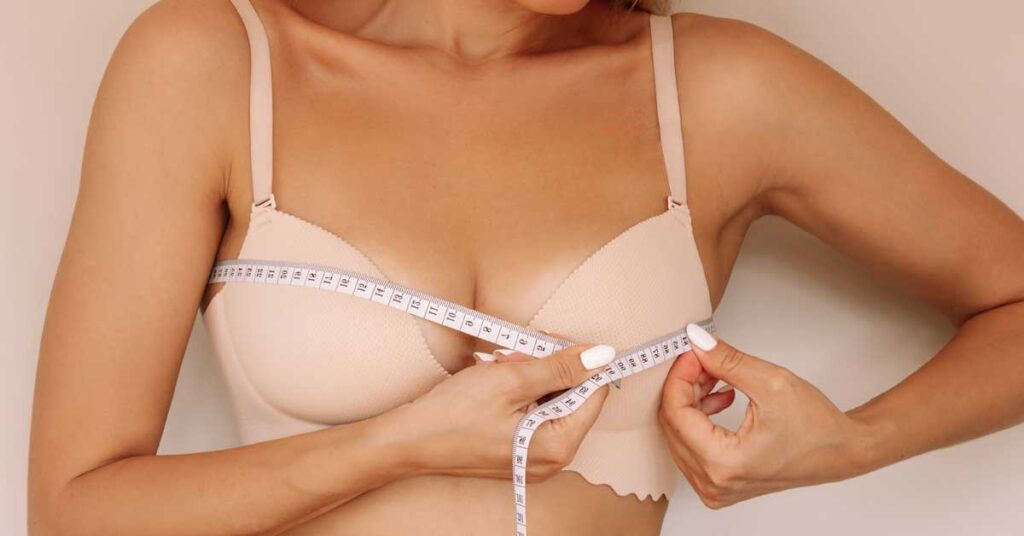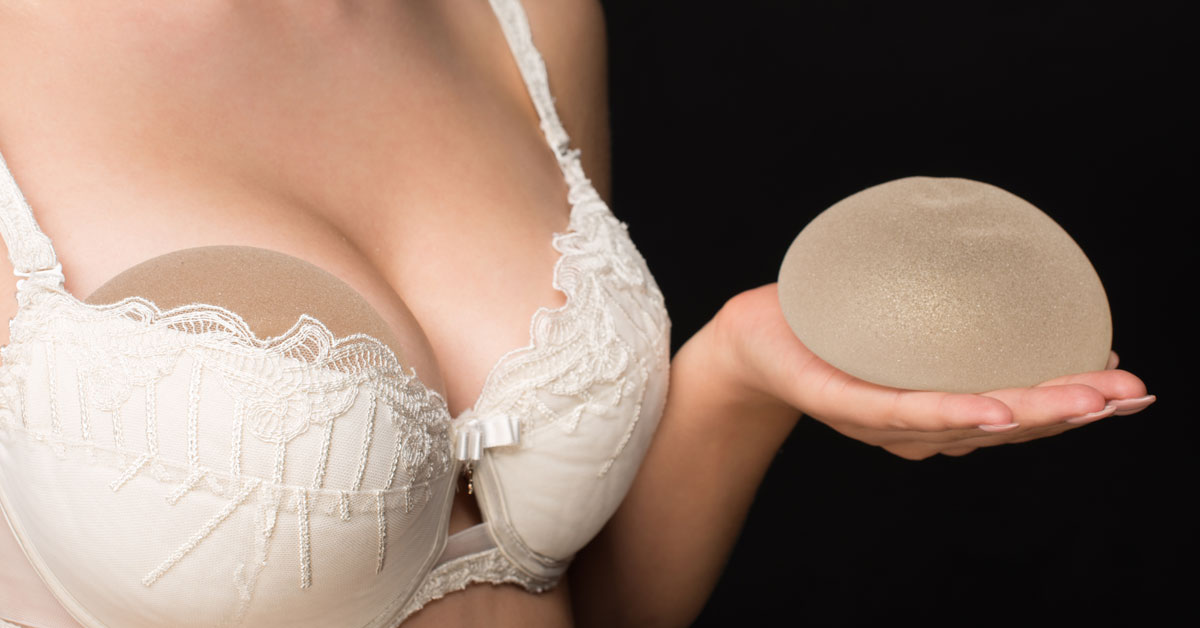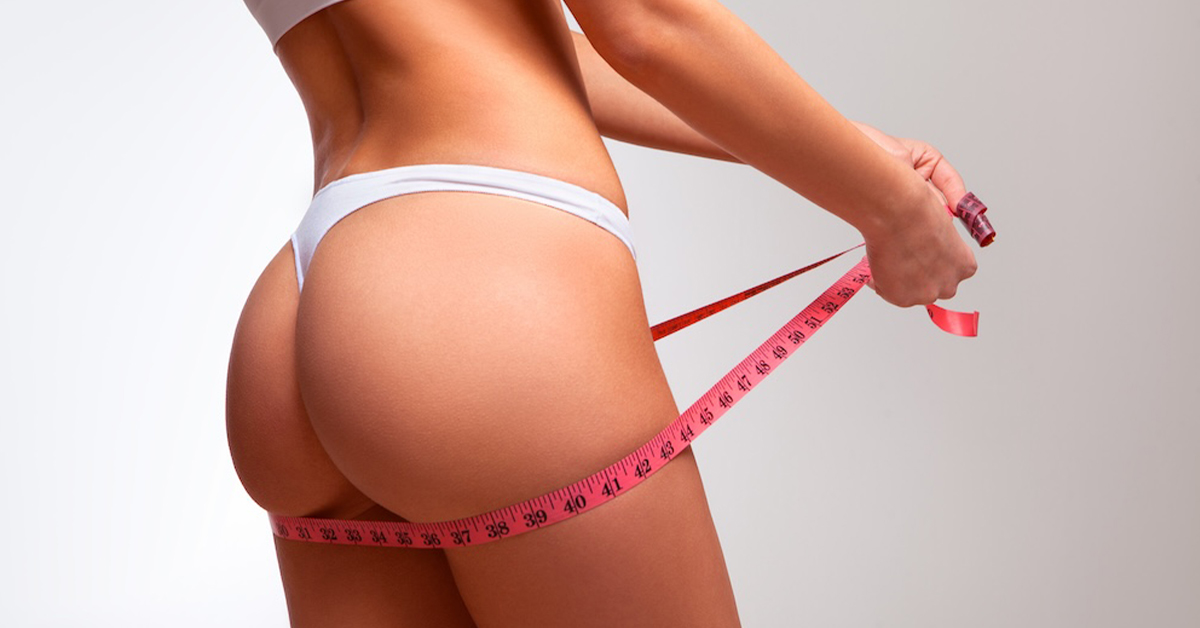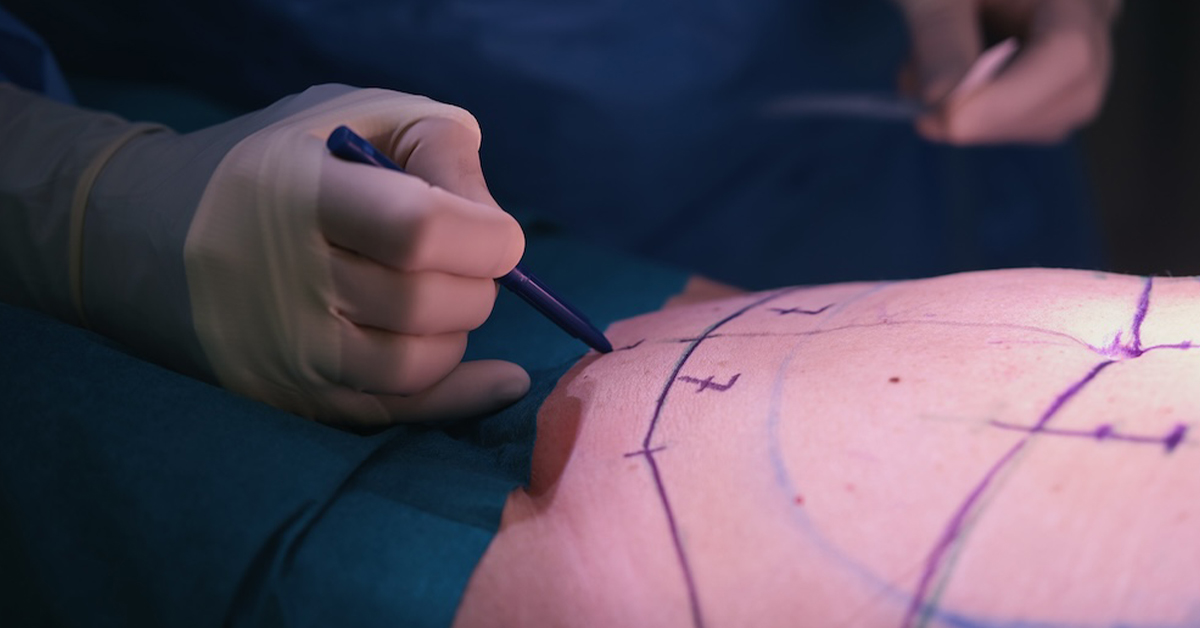What’s the Average Bra Size for Your Age?
Are you curious to know what the average bra size is for your age? We often wonder how our bra size compares to others and if we are within the norm. Well, in the United States, the average bra size is 34DD, but does that hold true for every age group?
However, it’s essential to note that average breast size can differ by country, with countries like France and Italy having an average cup size of A, while in the U.S., Caucasian women tend to have the largest average bra size.
Factors such as age also play a role in determining average bra sizes, with sizes increasing as women go through hormonal changes and milestones like pregnancy and breastfeeding.
Ultimately, there is no one clear answer to what the average bra size is globally, as it varies significantly based on multiple factors like age, weight, and geographical location.
Key Highlights
-
The average bra size in the United States is 34DD, but it can vary based on age and other factors.
-
Genetics, weight, hormonal fluctuations, and lifestyle choices all play a role in breast development and cup size.
-
There is no “normal” or “ideal” breast size – individual comfort and confidence matter most.
-
Misconceptions about average bra sizes can be influenced by augmented breasts included in measurements.
-
Embrace body diversity, choose a bra size that makes you feel comfortable and confident, and celebrate your unique self.
The Global Perspective of Average Bra Size
The average bra sizes can vary significantly among different countries and cultural preferences. This variation is influenced by factors such as genetics, body weight, and cultural perceptions of beauty. It’s important to note that there is no true global standard for average bra size, and the measurements can differ drastically across regions.
For instance, in Asian countries, the average cup size tends to be smaller, often ranging from A to B cups. On the other hand, Western countries like the United States tend to have larger average cup sizes, with D and DD cups being more common.
This disparity in average bra size highlights the cultural variations in body shape and preferences. What is considered attractive in one culture may differ from another, emphasizing the importance of embracing body diversity and promoting body positivity.
To further illustrate this global perspective, here’s a comparison of average bra sizes in different countries:
| Country | Average Bra Size |
|---|---|
| United States | 34DD |
| United Kingdom | 36DD |
| Japan | A to B |
| France | C |
It’s important to remember that there is no “normal” or “ideal” breast size. Every body is unique, and what matters most is individual comfort and body confidence. Embracing body diversity and promoting body positivity is crucial to fostering a healthy and inclusive society.
Determining Your Bra Size
Accurately determining your bra size is essential for comfort and support. To find the perfect fit, follow this bra fitting guide and measure your bust size, band size, and cup size.
Measuring Bust Size:
To measure your bust size, wear a well-fitting bra and wrap a measuring tape around the fullest part of your breasts. Make sure the tape is parallel to the ground and snug but not tight. Record the measurement in inches.
Calculating Band Size:
Next, measure your band size by wrapping the measuring tape around your torso just below your bust. Ensure the tape is snug but not constricting and parallel to the ground. Record this measurement in inches as well.
Determining Cup Size:
To determine your cup size, subtract your band size measurement from your bust size measurement. Consult a sizing chart to find your corresponding cup size letter based on the difference.
It’s important to note that approximately 80 percent of people are wearing the wrong bra size. If you’ve been wearing the same size for a long time or are switching brands, it’s recommended to get resized to ensure a proper fit and support.
| Bust Size | Band Size | Difference | Cup Size |
|---|---|---|---|
| 32″ | 28″ | 4″ | DD/E |
| 34″ | 30″ | 4″ | DD/E |
| 36″ | 32″ | 4″ | DD/E |
Breast Size and Preferences
Preferences for breast size can vary significantly among individuals. A survey revealed that approximately 60% of men and 54% of women find average-sized breasts to be more attractive. When asked to specify their preference, around 53% of women and 49% of men preferred a C cup.
However, it’s important to note that there is no universal ideal breast size. Personal comfort and confidence should be the primary factors when determining the right breast size for you. Embracing your individual body and not letting societal standards dictate your feelings about your breast size is essential for body confidence.
Breast Size Changes Over Time
Breast size is not static and can change over time due to various factors, including hormonal fluctuations, pregnancy, menopause, and the natural aging process. It’s essential to understand and embrace these changes as part of your body’s natural evolution.
During the menstrual cycle, many individuals experience breast swelling and changes in size. This is often due to hormonal fluctuations, particularly the increase in estrogen levels. The breast tissue may become more engorged and sensitive, leading to a temporary increase in size.
Pregnancy and breastfeeding can also cause significant changes in breast size. During pregnancy, hormonal changes and increased blood flow to the breasts can result in breast enlargement.
The breasts may continue to grow throughout pregnancy and during the early stages of breastfeeding as they prepare to produce milk. However, it’s important to note that these changes are temporary, and breast size usually returns to pre-pregnancy levels after weaning.
As women age, hormonal changes associated with menopause can also impact breast size. During menopause, the body produces less estrogen, which can lead to a decrease in breast tissue and a loss of elasticity. These changes, coupled with the natural aging process and fluctuations in weight and body fat distribution, can result in changes in breast size and shape.
Embracing and adapting to these changes is crucial for maintaining body confidence and self-acceptance. Every body goes through different stages and experiences, and it’s important to celebrate and embrace these natural fluctuations. Remember, your breast size does not define your beauty or worth. Focus on embracing your individuality and finding a bra size that makes you feel comfortable and confident in your own skin.
Breast Size and Health
When it comes to breast health, there is no definitive link between breast size and breast cancer risk. The risk factors for breast cancer are influenced by genetics, weight, and hormonal levels, rather than specific breast size. However, it is important to note that certain health conditions can impact breast health.
Cysts: Cysts are fluid-filled sacs that can develop in the breast tissue. They can vary in size and may cause discomfort or pain. While cysts are usually benign, it is essential to have them evaluated by a healthcare professional to rule out any potential concerns.
Inflammation: Inflammation of the breast tissue, known as mastitis, can occur due to infection or injury. It can cause redness, swelling, pain, and warmth in the affected area. Prompt medical attention is necessary if you experience symptoms of inflammation to prevent complications.
Skin conditions: Certain skin conditions, such as eczema or psoriasis, can affect the breasts. These conditions can cause itching, redness, and dryness of the skin. It is important to seek appropriate treatment and care from a dermatologist to manage these skin conditions effectively.
Larger breast size can sometimes lead to discomfort or physical strain. The weight of larger breasts may contribute to discomfort, pain in the shoulders, neck, and back, as well as issues with posture. It’s crucial to address any health concerns related to breast size and consult with healthcare professionals if needed.
| Condition | Symptoms | Treatment |
|---|---|---|
| Cysts | Fluid-filled sacs, discomfort, pain | Evaluation by a healthcare professional |
| Inflammation (Mastitis) | Redness, swelling, pain, warmth | Medical attention, antibiotics if necessary |
| Skin conditions (Eczema, Psoriasis) | Itching, redness, dryness | Treatment by a dermatologist |
Considerations for Breast Size Change
If you’re considering changing your breast size, there are options available such as breast reduction or breast augmentation. These procedures can help you achieve the desired breast size and shape.
However, it’s crucial to make an informed decision and consider various factors before undergoing any plastic surgery.
Breast Reduction: Breast reduction is a surgical procedure that involves removing excess breast tissue, fat, and skin to decrease breast size. It is often sought by individuals who experience physical discomfort, pain, or limitations due to large breasts. Breast reduction can provide relief from back and shoulder pain, improve posture, and enhance overall body proportion.
Breast Augmentation: On the other hand, breast augmentation is a procedure that increases breast size through the insertion of implants or fat transfer. It is usually chosen by individuals who desire larger breasts to enhance their body proportion or boost their self-confidence. Breast augmentation can create fuller and shapelier breasts, improving overall body symmetry.
Both breast reduction and breast augmentation surgeries should be performed by skilled and certified plastic surgeons. It’s essential to have thorough consultations to discuss your goals, expectations, and potential risks or complications associated with the procedures.
The surgeon will evaluate your individual health, body structure, and breast characteristics to recommend the most suitable approach for your desired breast size change.
Individual Comfort and Body Confidence
While breast size change through surgery is an option, it’s important to remember that individual comfort and body confidence are the most significant factors when considering any alterations to your body. Embracing your unique body shape and size is crucial for overall body confidence and self-acceptance.
Achieving body confidence goes beyond physical appearance and can involve working on self-esteem, self-care, and adopting a positive body image. Whether you choose to alter your breast size or not, it’s crucial to prioritize your emotional well-being and develop a healthy relationship with your body.
| Breast Reduction | Breast Augmentation |
|---|---|
| Removes excess tissue, fat, and skin | Increases breast size |
| Relieves physical discomfort, pain, and limitations | Enhances body proportion and symmetry |
| Improves posture | Boosts self-confidence |
Conclusion
The average bra size can vary based on various factors like age, genetics, weight, and cultural variations. However, it’s important to remember that there is no one “normal” or “ideal” breast size. The key to feeling confident and comfortable in your own skin is embracing your individuality and celebrating body diversity.
Whether you have small or large breasts, each person’s unique shape should be cherished and accepted. Society’s standards should not dictate how you feel about your body. Instead, focus on self-acceptance and body positivity.
Choose a bra size that makes you feel comfortable and confident. Remember that body confidence comes from within, and the right bra should enhance your individual beauty and provide the support you need. Embrace your uniqueness, celebrate diversity, and prioritize self-acceptance on your journey to body confidence.
Frequently Asked Questions
The average bra size in the United States is reported as 34DD, but it’s crucial to recognize that this can vary significantly based on factors such as age, genetics, and weight.
Average bra sizes vary worldwide, with factors like genetics, body weight, and cultural preferences playing significant roles. For example, average sizes are generally smaller in Asian countries and larger in Western countries.
Bra sizes can change due to hormonal fluctuations, pregnancy, breastfeeding, menopause, and the natural aging process. These changes are a normal part of a woman’s life cycle.
There’s no direct link between breast size and the risk of breast cancer. However, certain health conditions like cysts, inflammation, and skin conditions can affect breast health, irrespective of size.
Considerations for changing breast size through procedures like breast reduction or augmentation should include physical comfort, emotional well-being, and a thorough consultation with a certified plastic surgeon to discuss goals, expectations, and potential risks.
Breast Implants in Miami, FL
The first step in getting a Breast augmentation is to schedule a consultation with us. If you are interested in learning more, call us now at (305) 406-9055 or schedule a consultation online Now.










